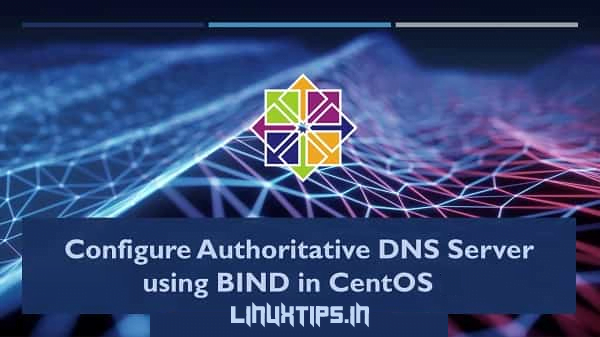
and view the status of the network interfaces in Linux operating systems. With ifconfig, you can assign IP addresses, enable or disable interfaces, manage ARP cache, routes, and more. In this article, we’ll explore how to use the ifconfig command. How to Install ifconfig The ifconfig command is deprecated and replaced with ip and may not be included […]
The ip command is a powerful tool for configuring network interfaces that any Linux system administrator should know. It is used to bring interfaces up or down, assign and remove addresses and routes, manage ARP cache, and much more. This article explains how to use the ip command through practical examples and […]
The ping command is one of the most used tools for troubleshooting, testing, and diagnosing network connectivity issues. Ping works by sending one or more ICMP (Internet Control Message Protocol) Echo Request packages to a specified destination IP on the network and waits for a reply. When the destination receives the package, […]
Ubuntu 22.04 is out in the wild and most of the cloud providers has it listed in their OS selection. This is an LTS release and is supported until April 2027. Read on how to install WordPress on Ubuntu 22.04 LTS Objectives of this article are: Install latest WordPress(5.9) PHP 8.1 […]
Set up your own TLD in BIND for ease of navigation. If you administer a network that uses private addressing, you’ve almost certainly encountered the disassociated schizophrenia of trying to maintain zone files that properly reflect internal and external IP addresses. With the introduction of Views in Bind 9, supporting multiple address […]
PHP rules the web, with around 80% of the market share. It’s everywhere – WordPress, Joomla, Lavarel, Drupal, etc. PHP core is secure, but there are a lot more on top of this, which you might be using, and that might be vulnerable. After the development of a site or complex web […]
The latest research by SUCURI shows 90% of scanned WP sites were infected with one or more vulnerabilities. There are plenty of online scanners to check the common web vulnerabilities, but that may not be sufficient as a security risk may arise from WordPress core, plugin, theme or misconfiguration. For that, you need a specialized security scanner that […]
This Article Sponsored By Hostingaro Hosting BIND also know as the “Berkeley Internet Name Domain” is one of the most popular Domain Name System (DNS) now a day. It an open-source and provides DNS services on Linux operating systems. Generally, it helps you to resolve a fully qualified domain name […]
Distributed Denial of Service or “DDoS” attacks sequester a server’s resources through abusive digital communication tactics. These types of attacks are the computer world’s organized raid. Numerous bothersome anti-like actions combine to create formidable enough threat to halt a seasoned server in its tracks. Worst of all, there happen to […]
Hacker vs Cracker vs Scammer: These are the three most-dreaded terms in the tech industry. Probably you have fallen a victim to one or even all of them. But, what do these terms really mean? Are they that dangerous as they are perceived? And what is the difference between them? […]





















